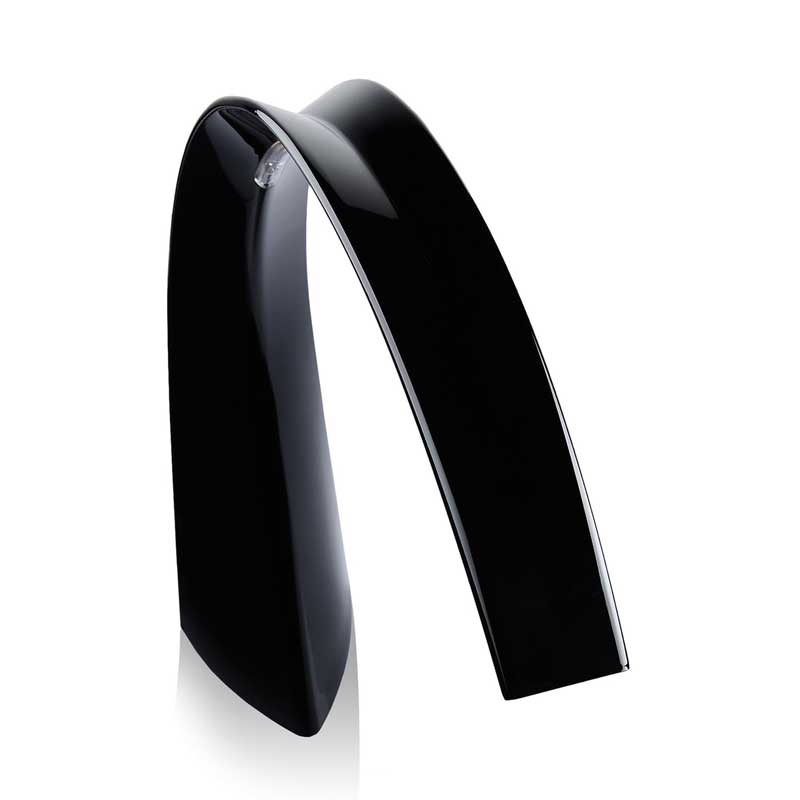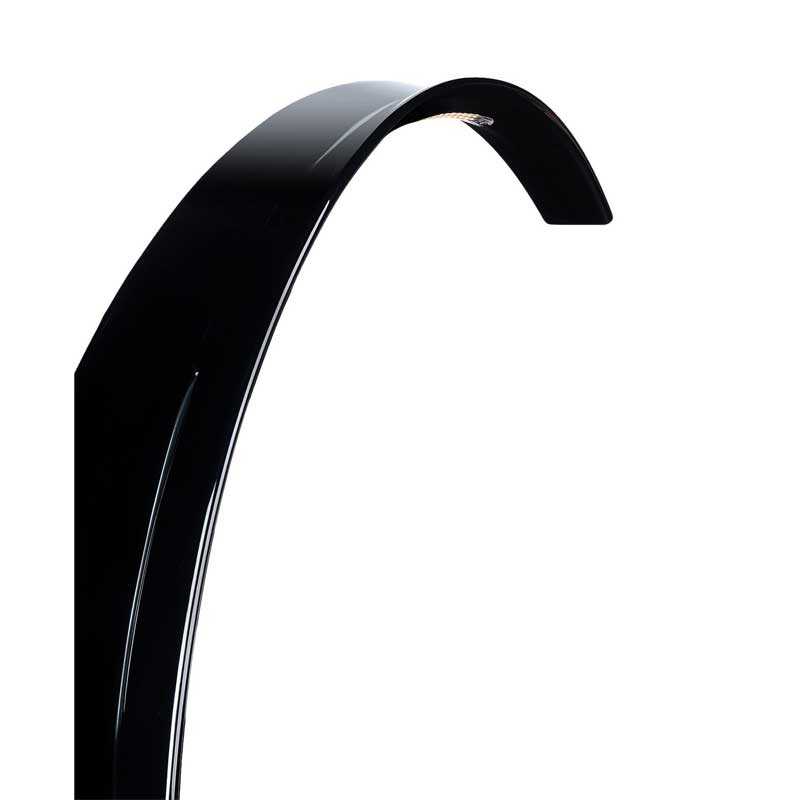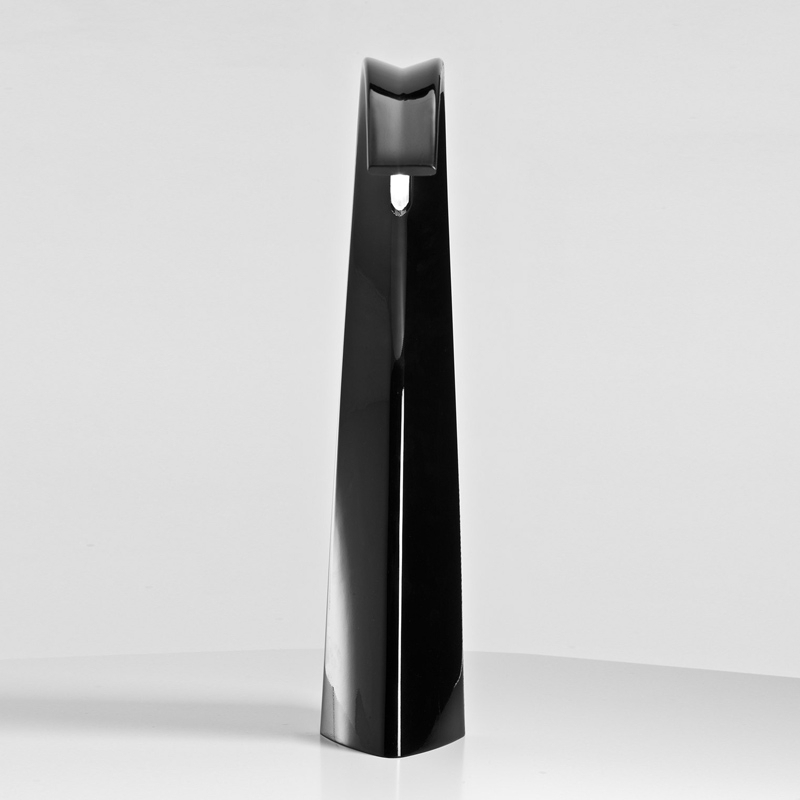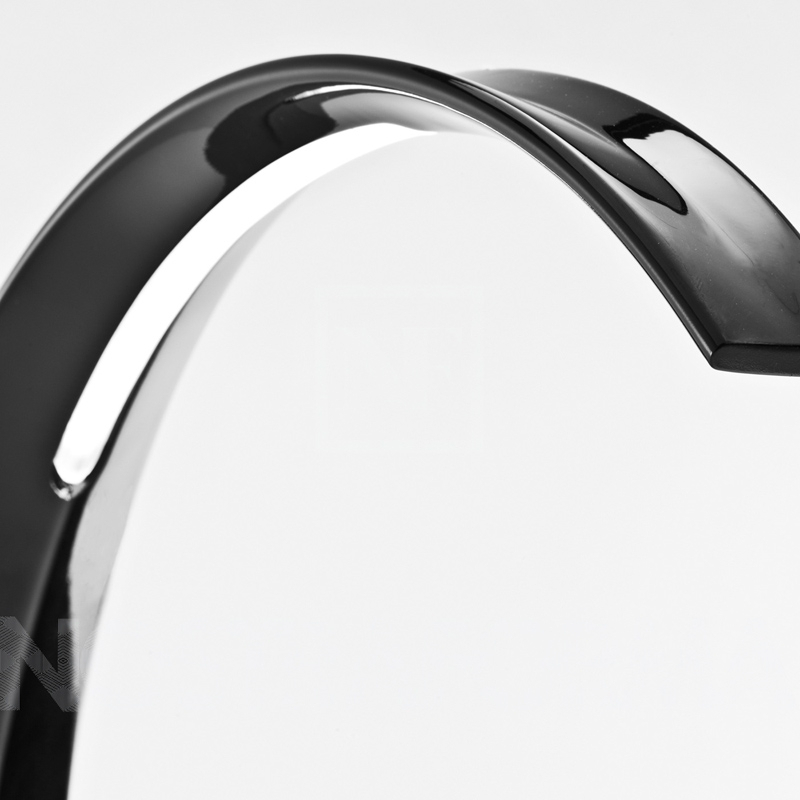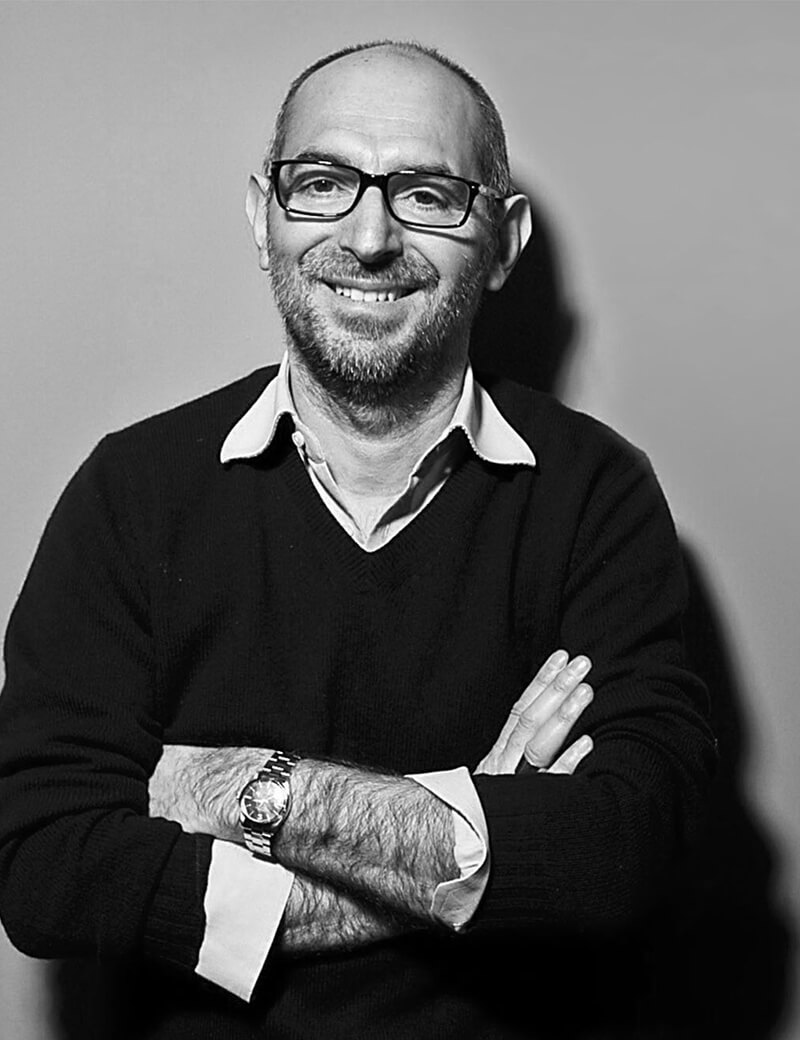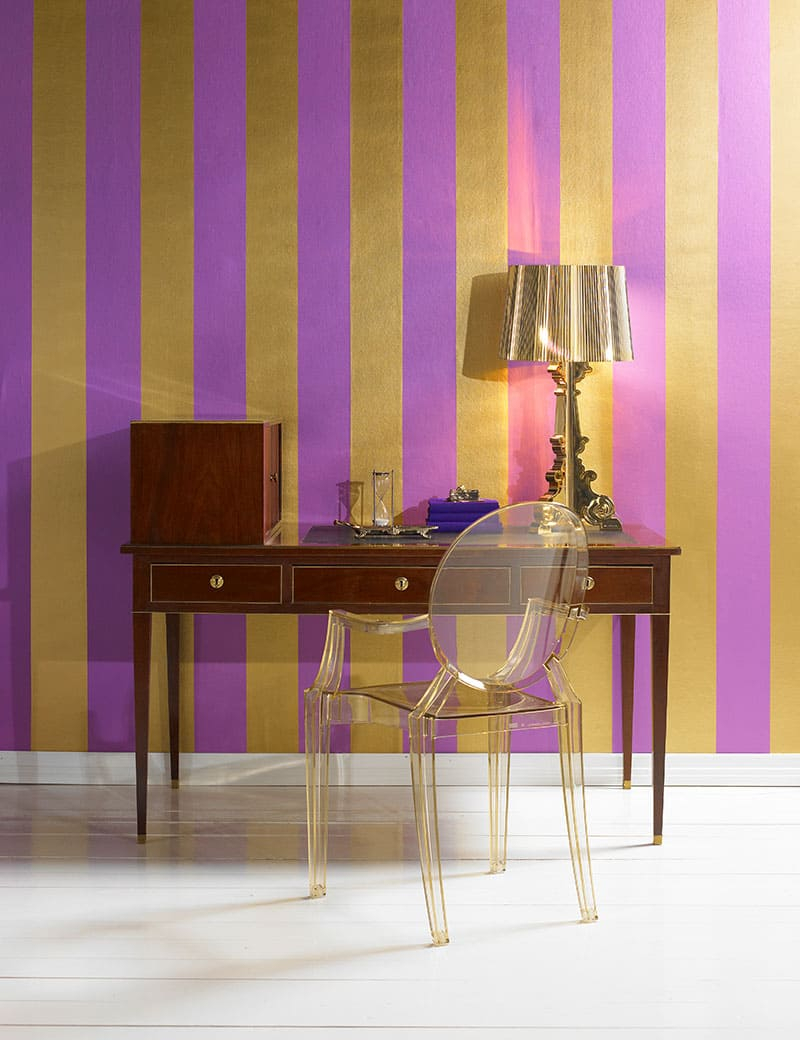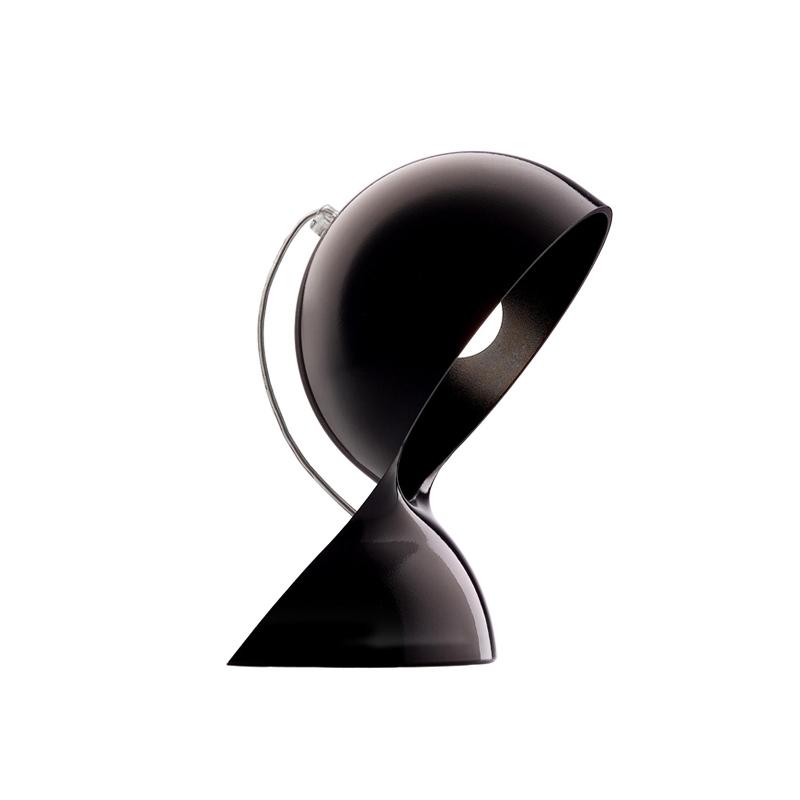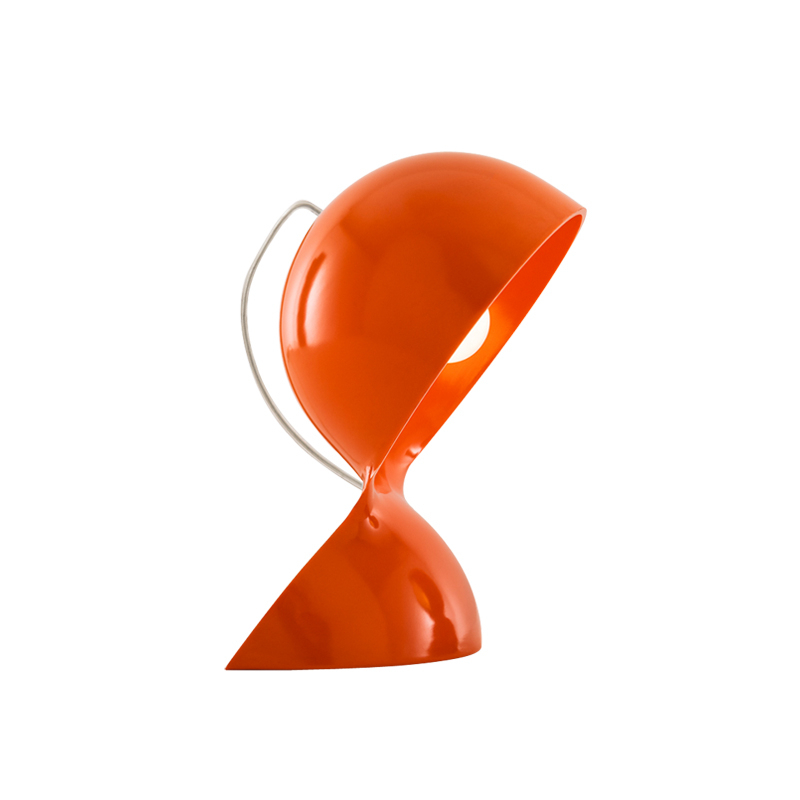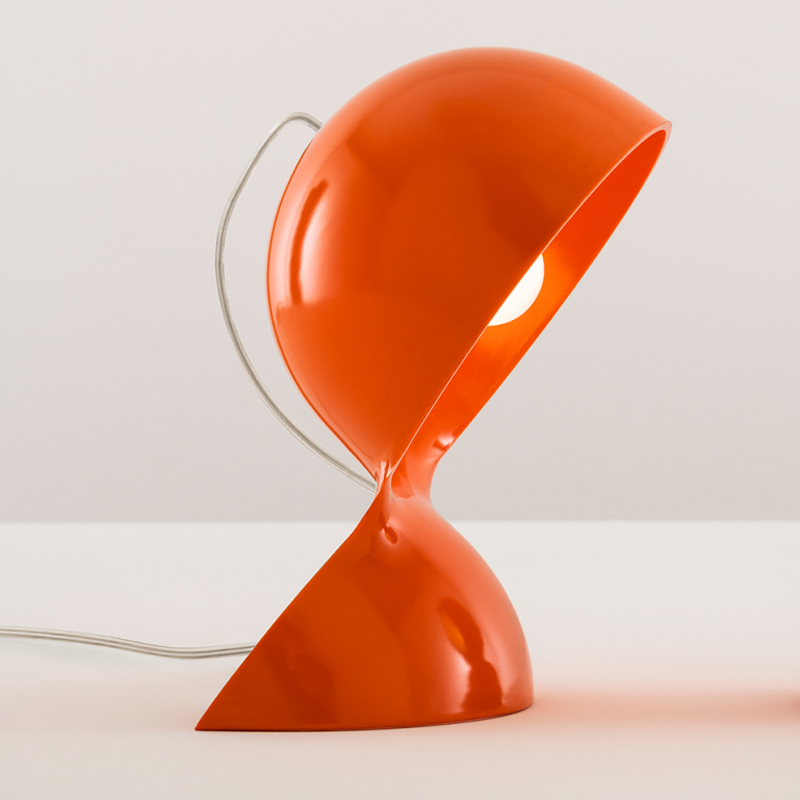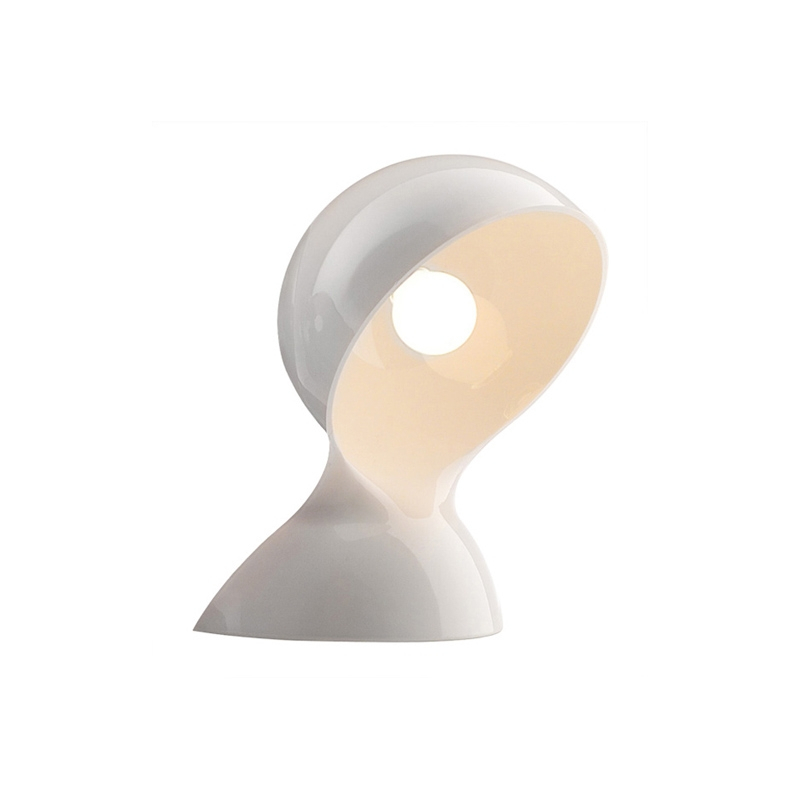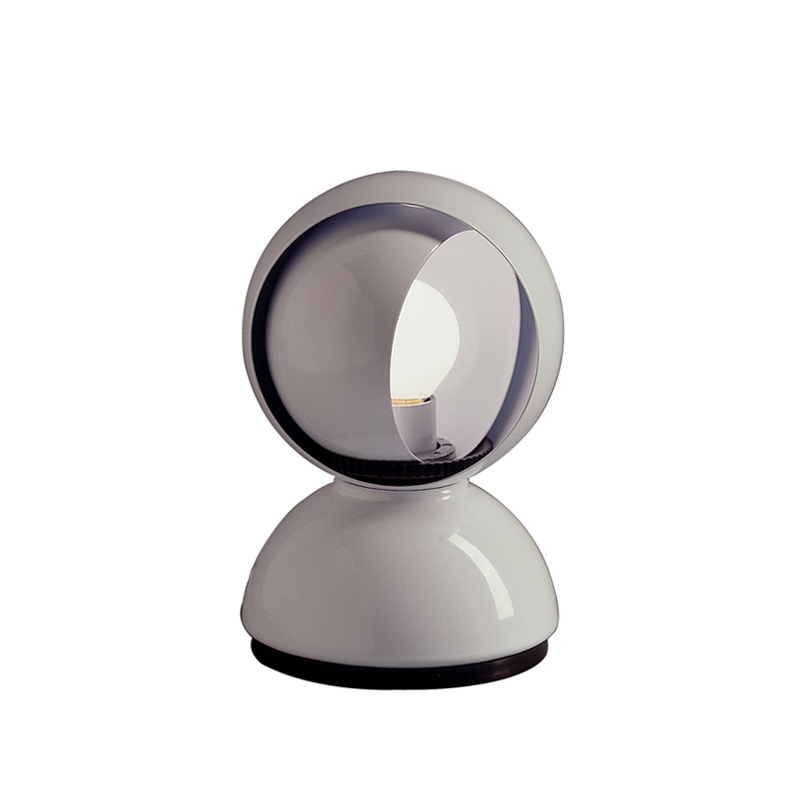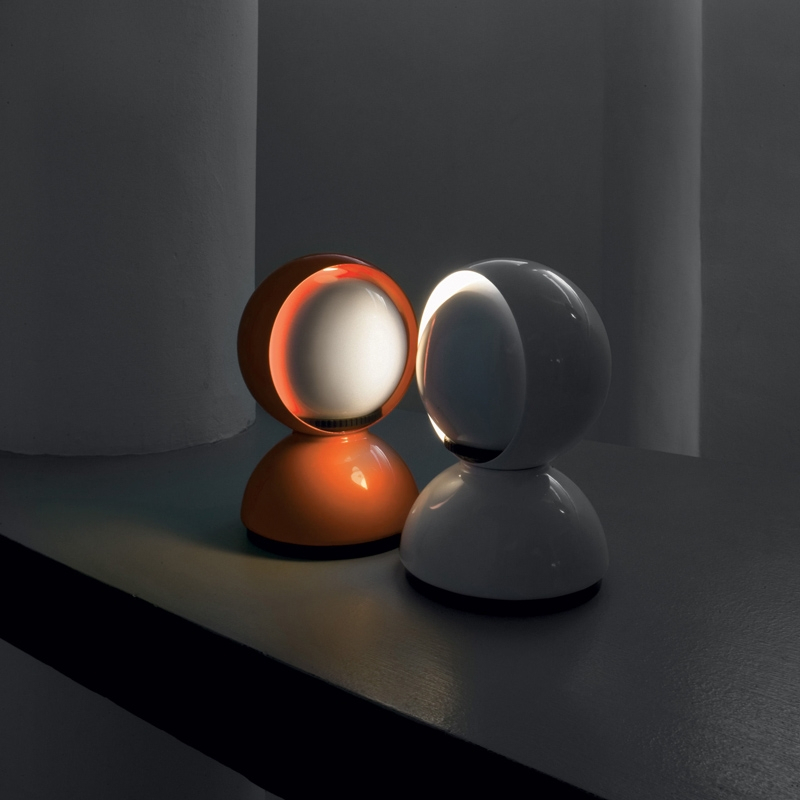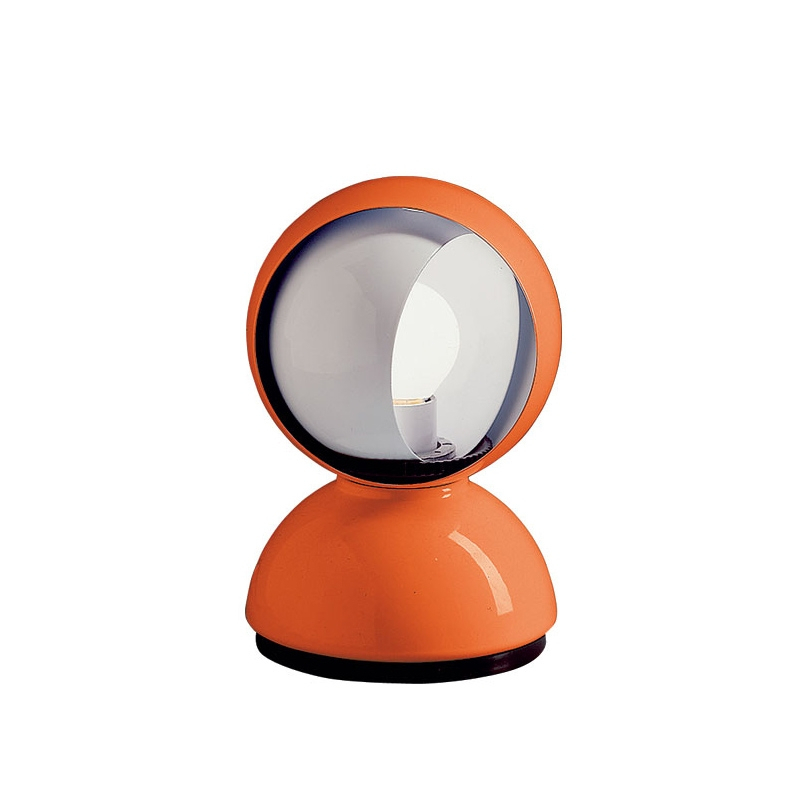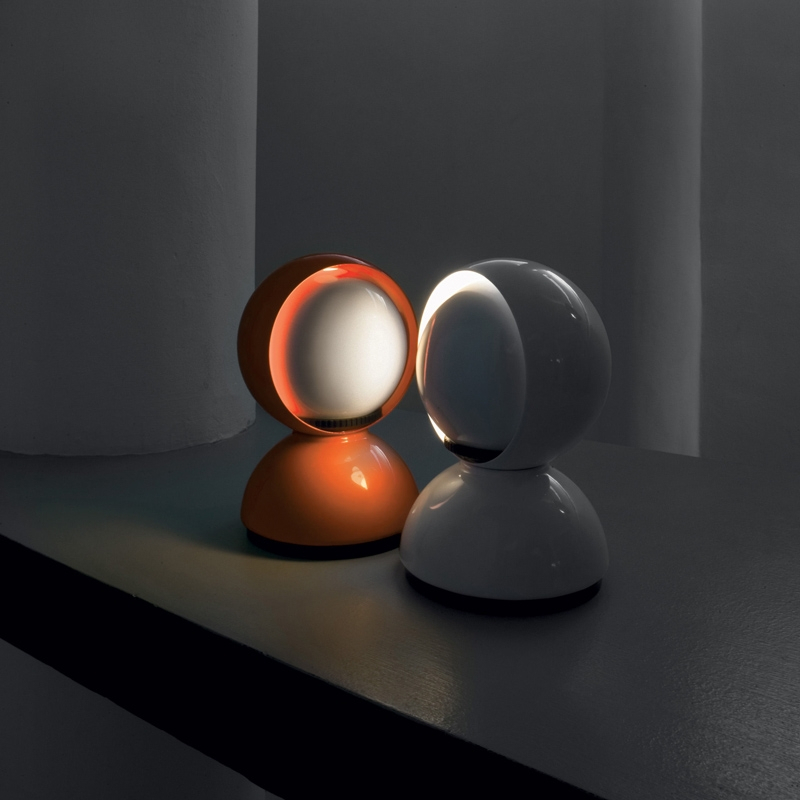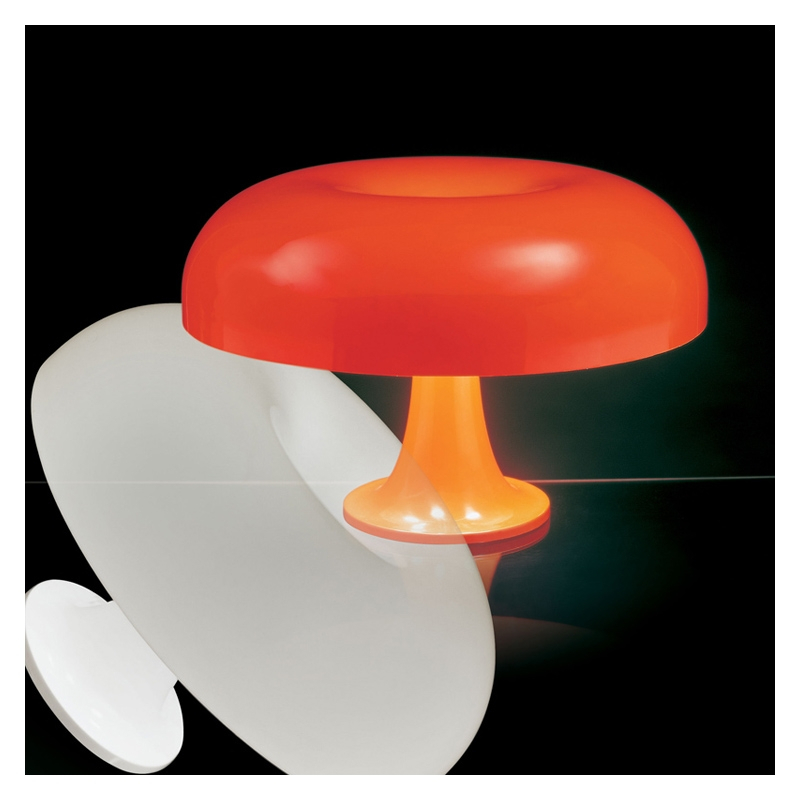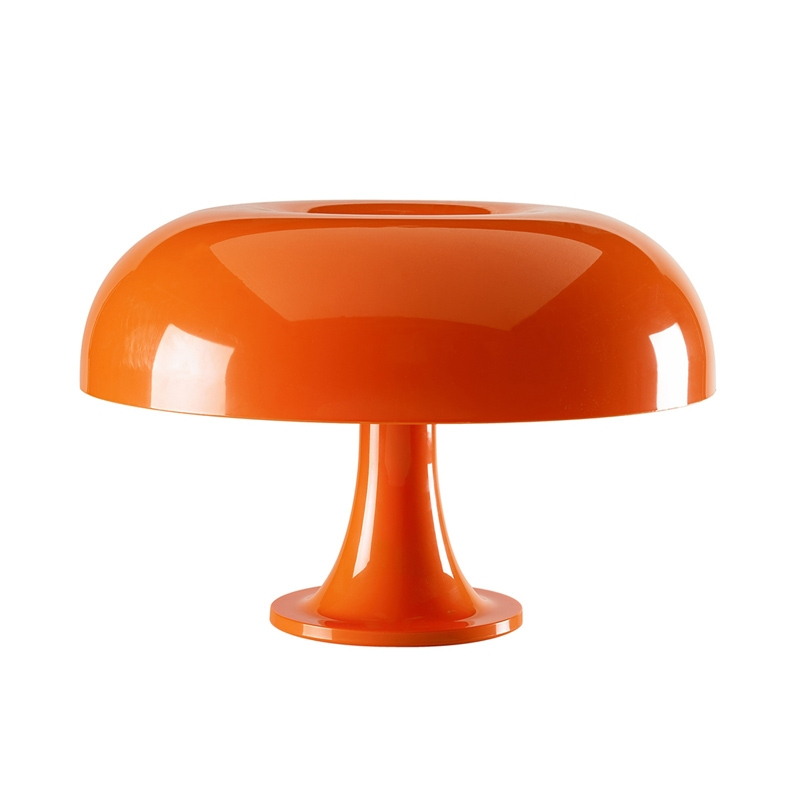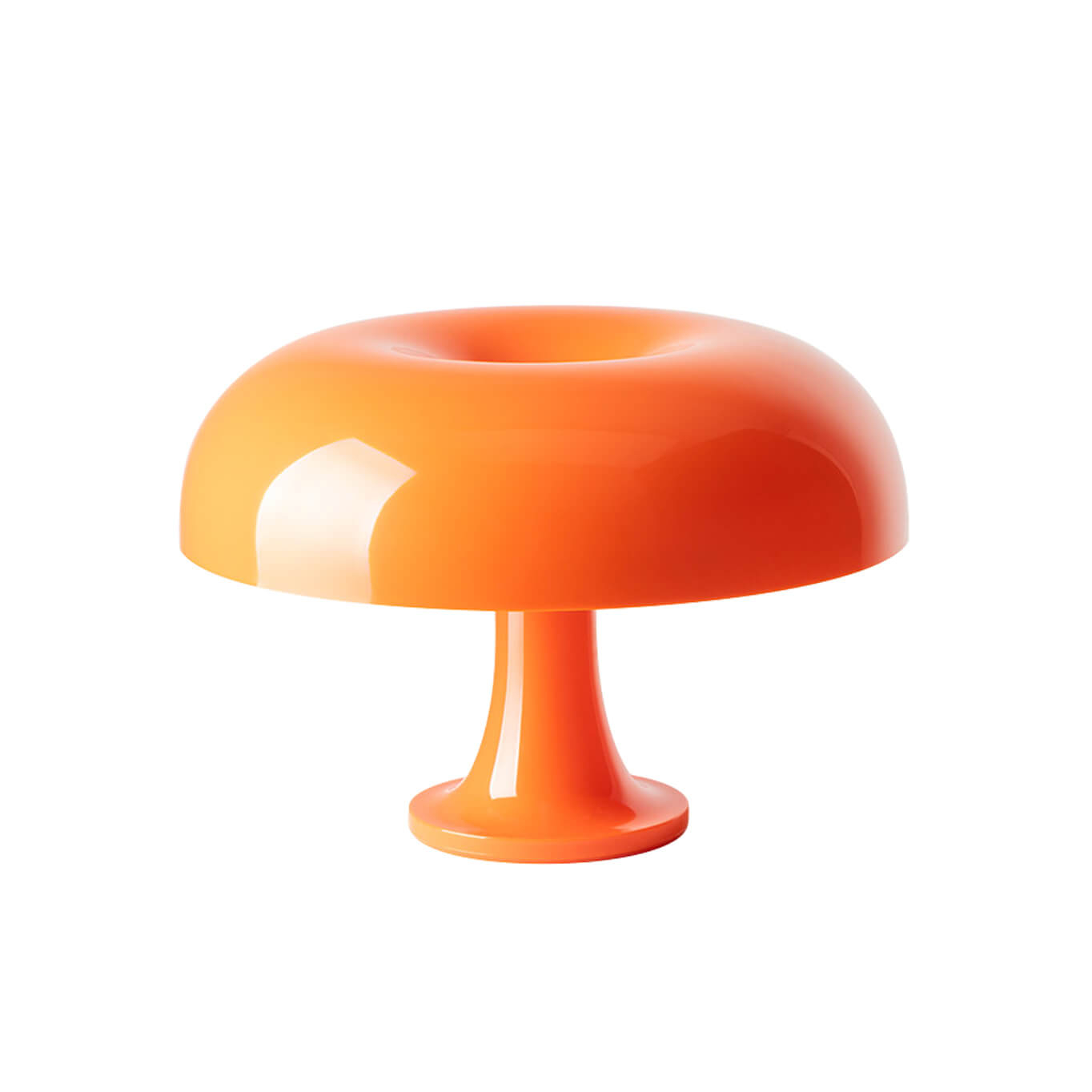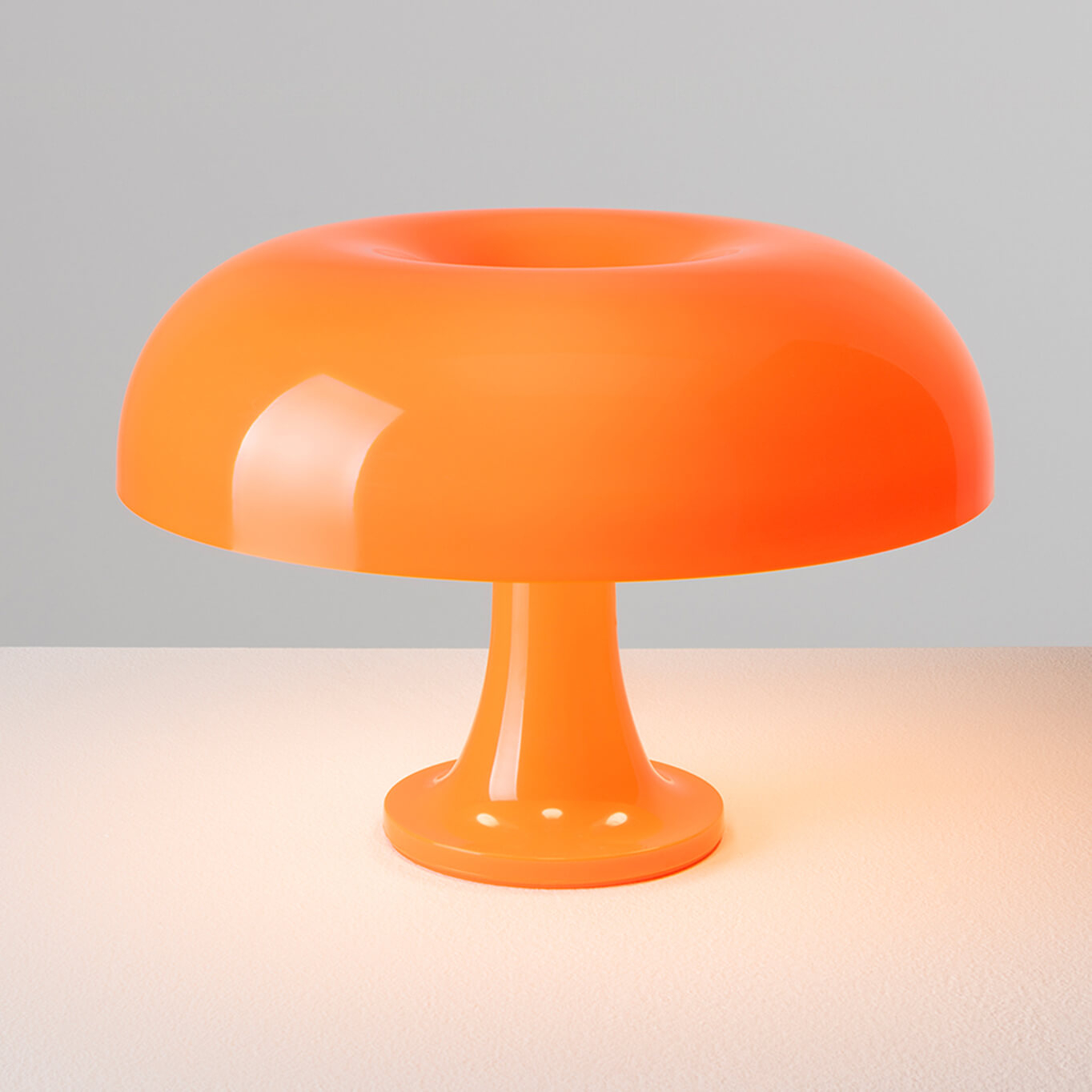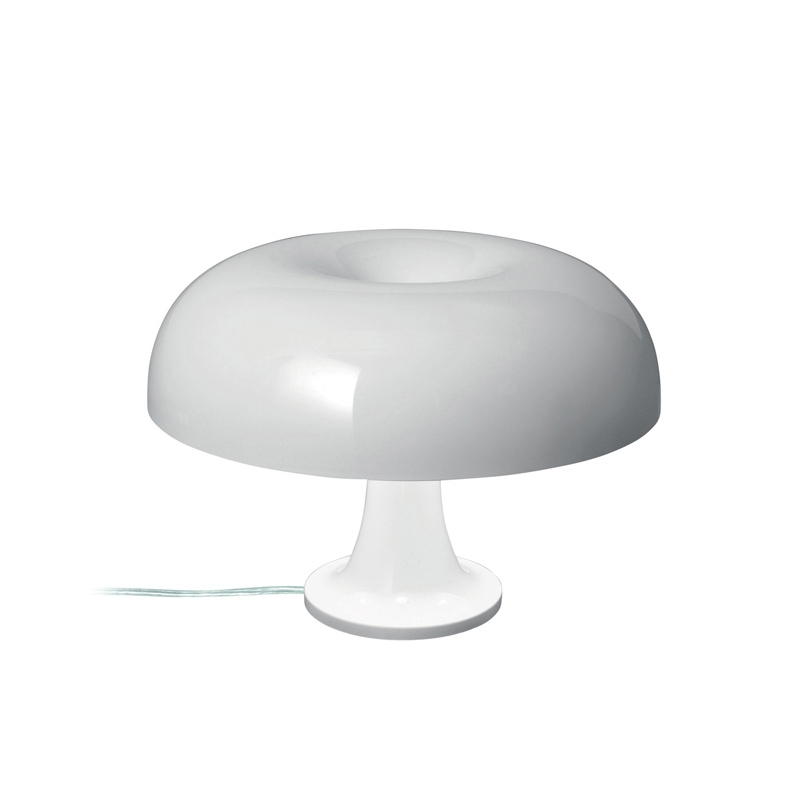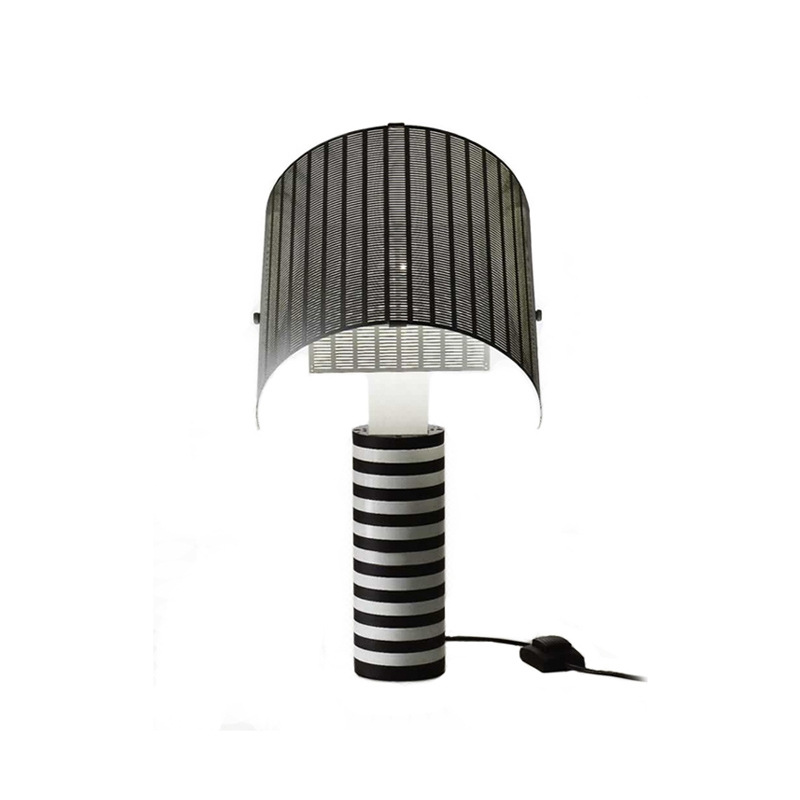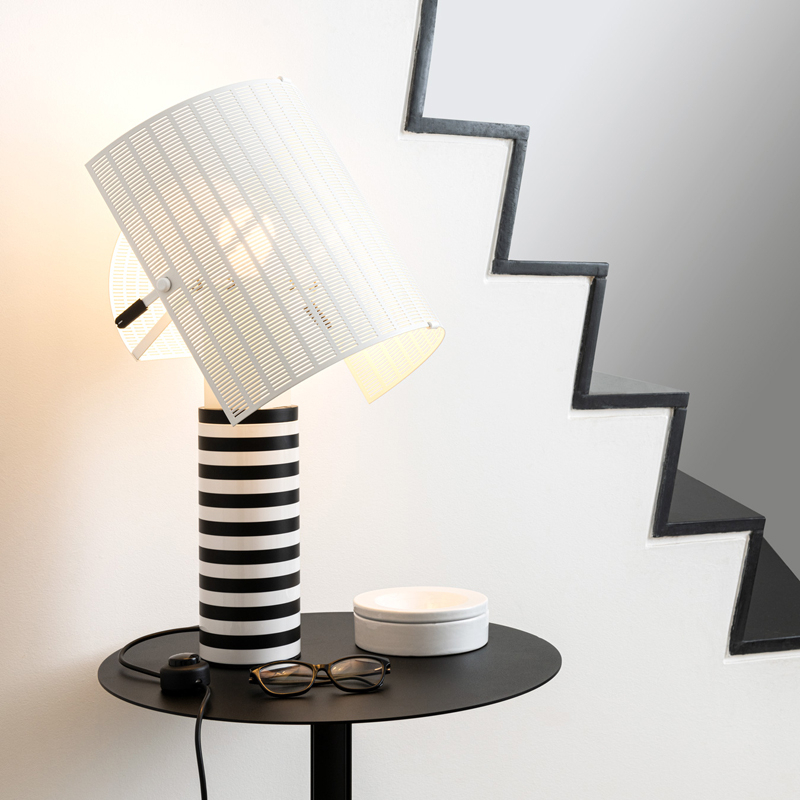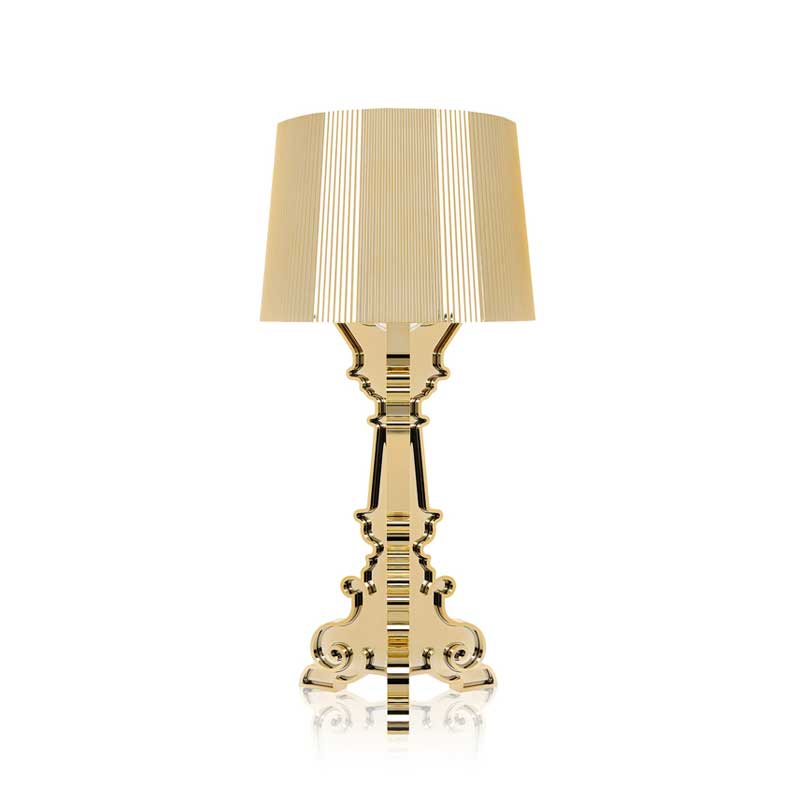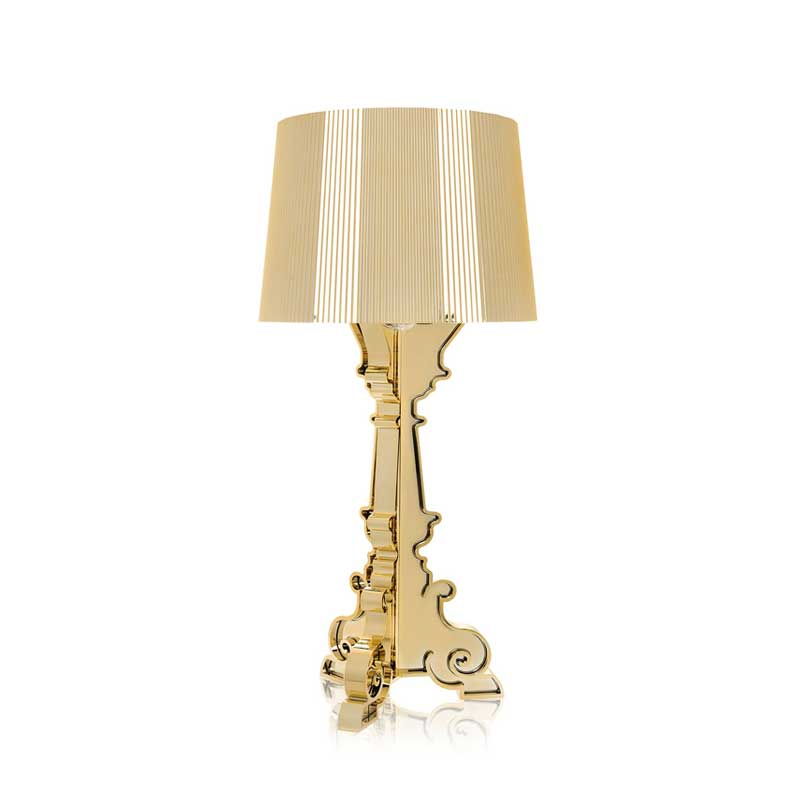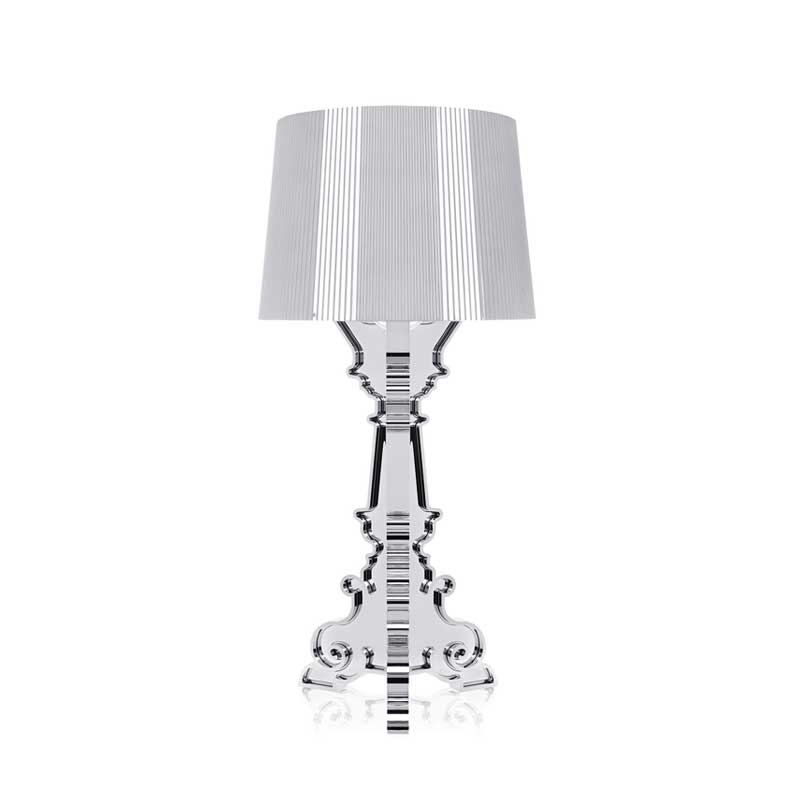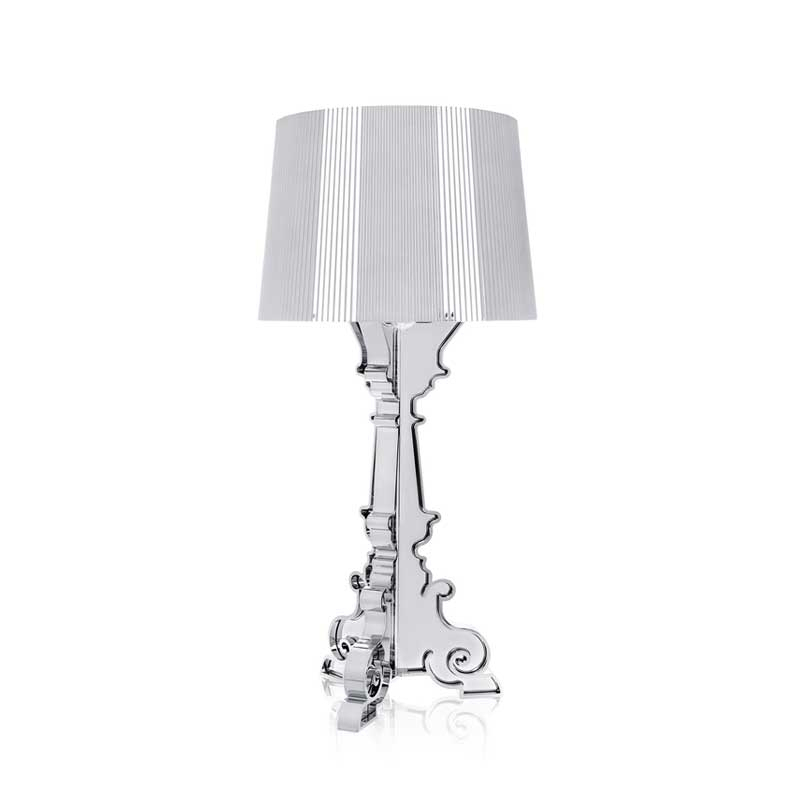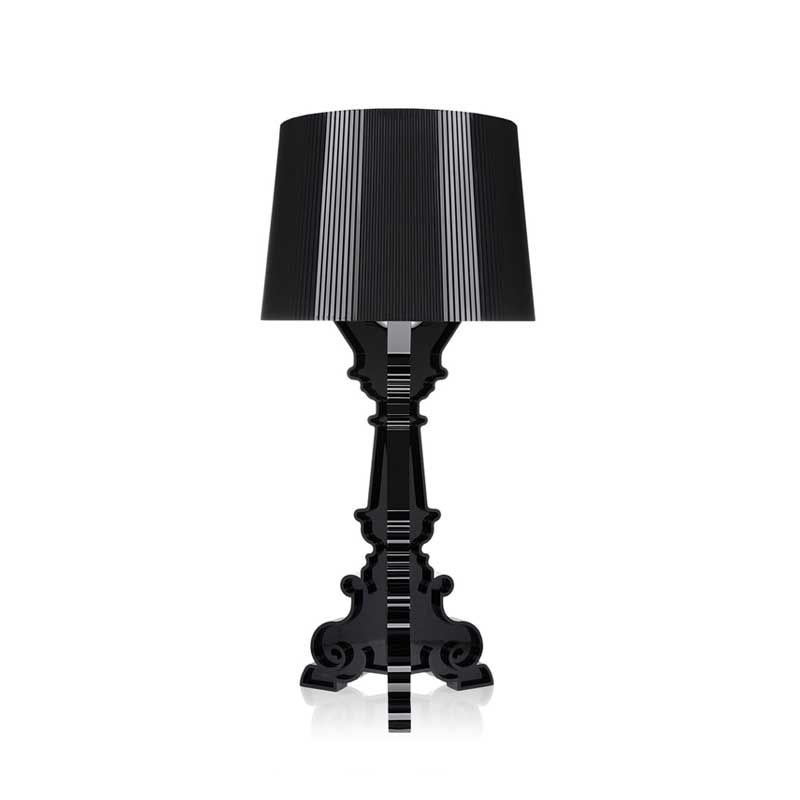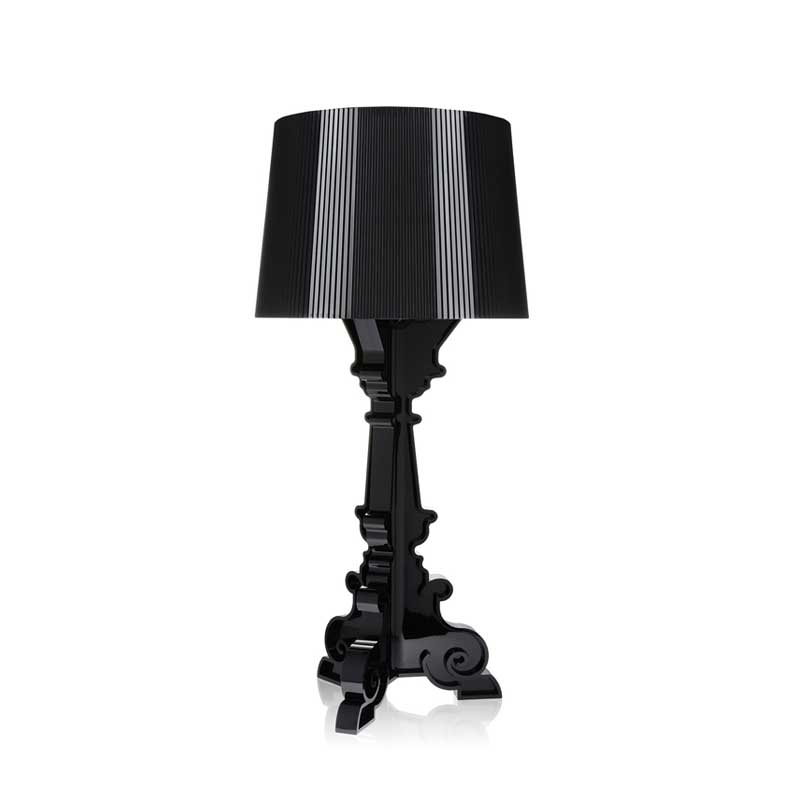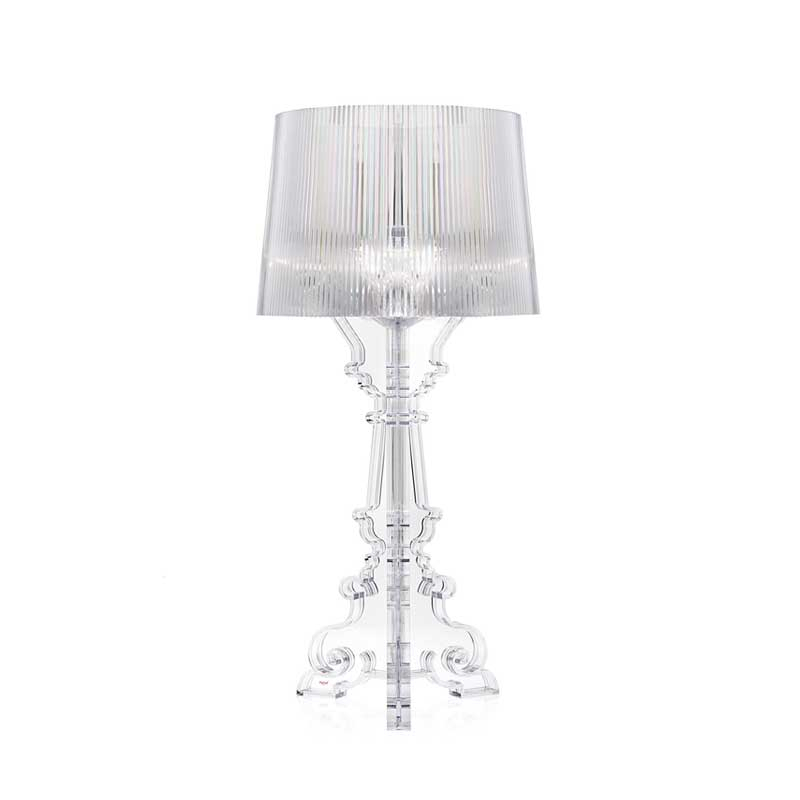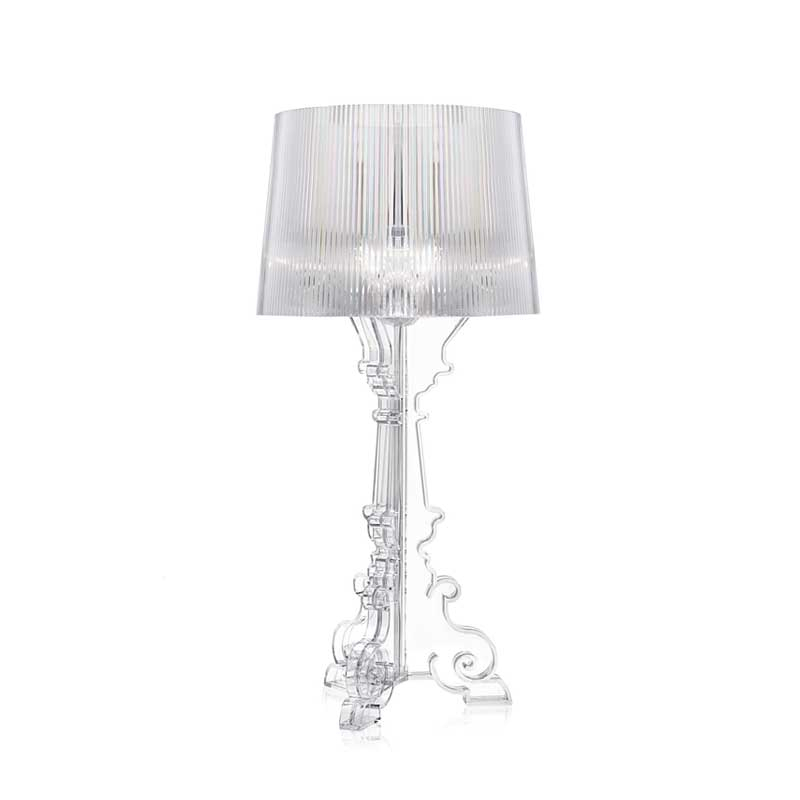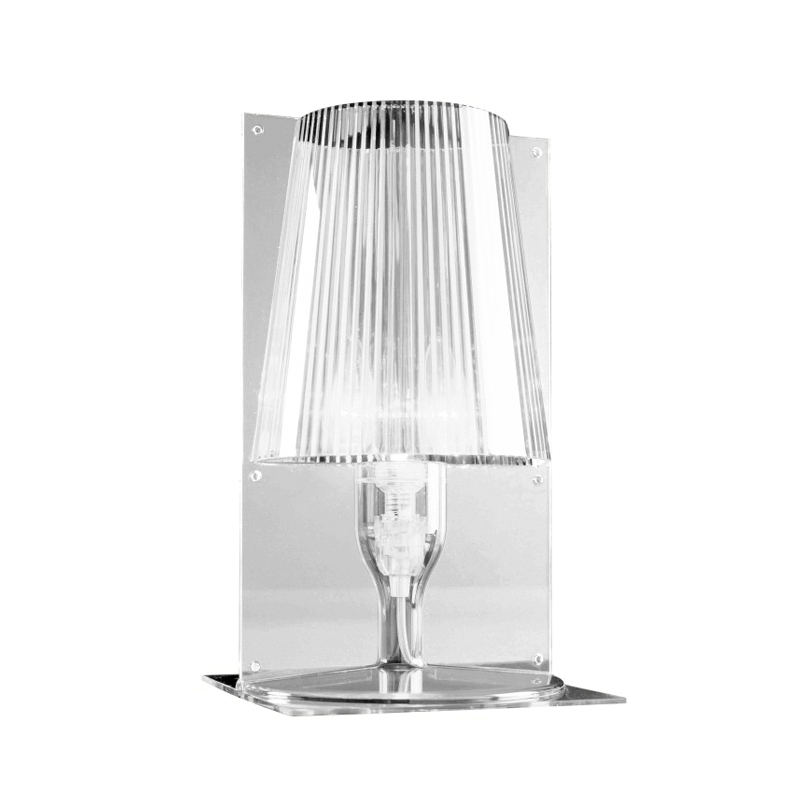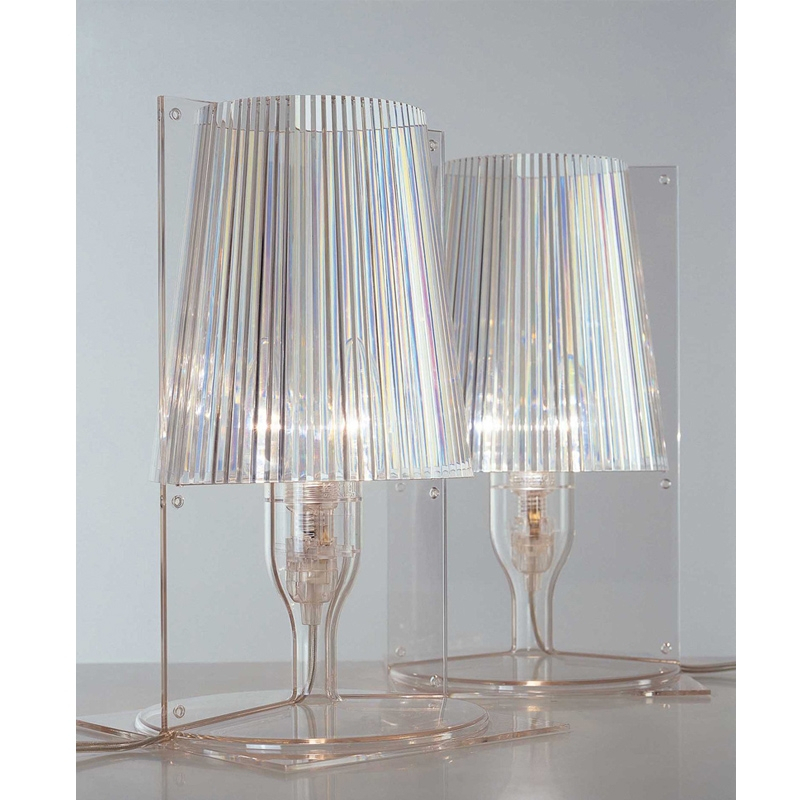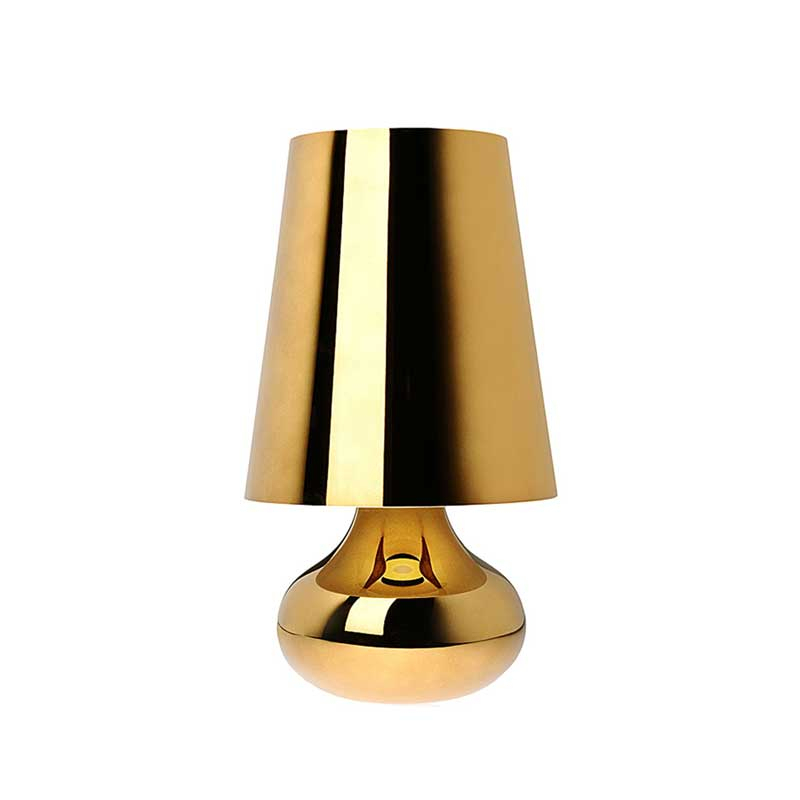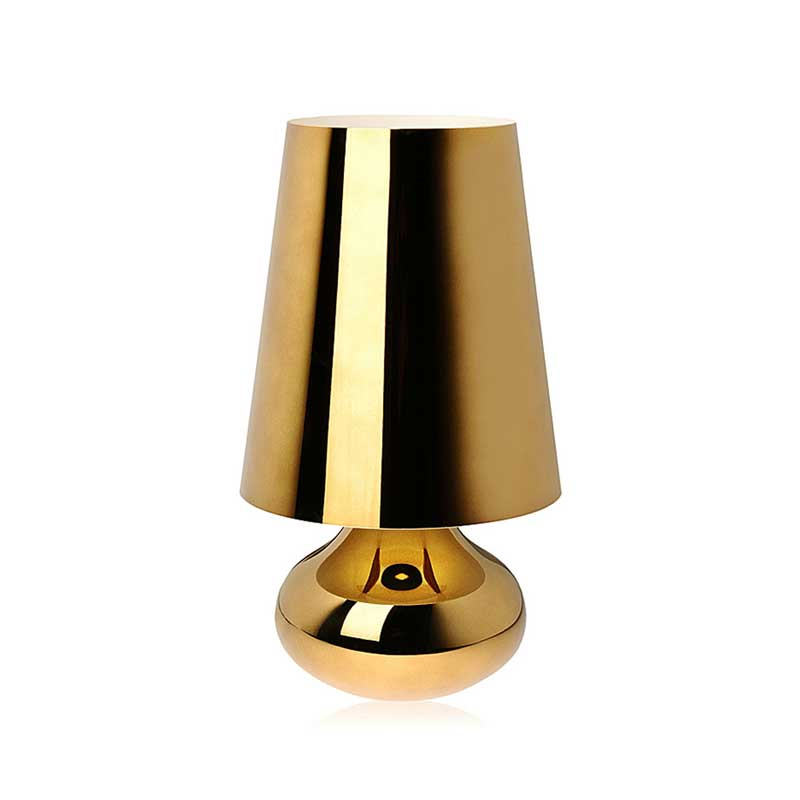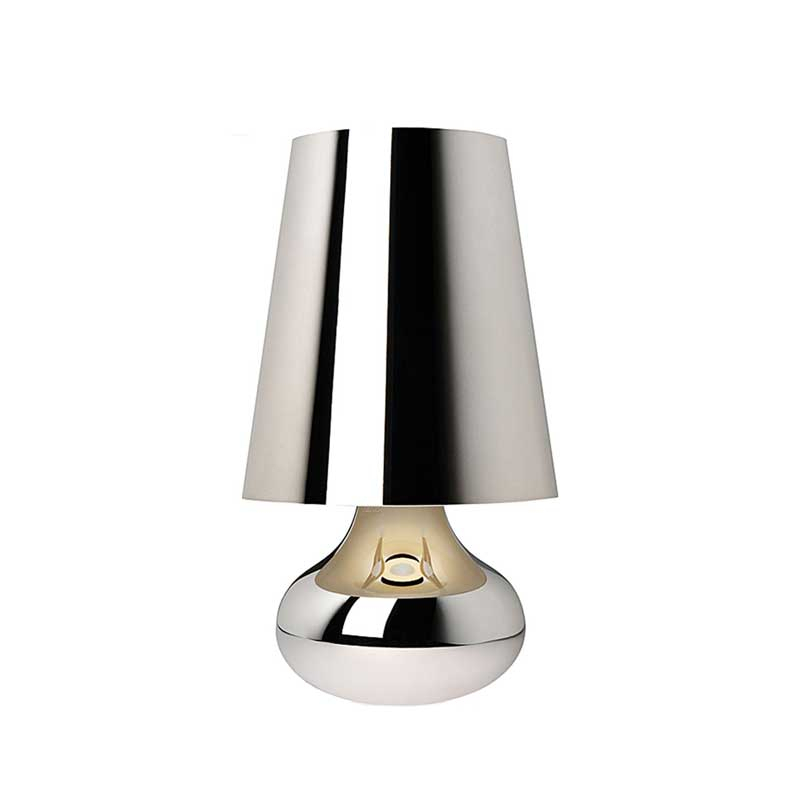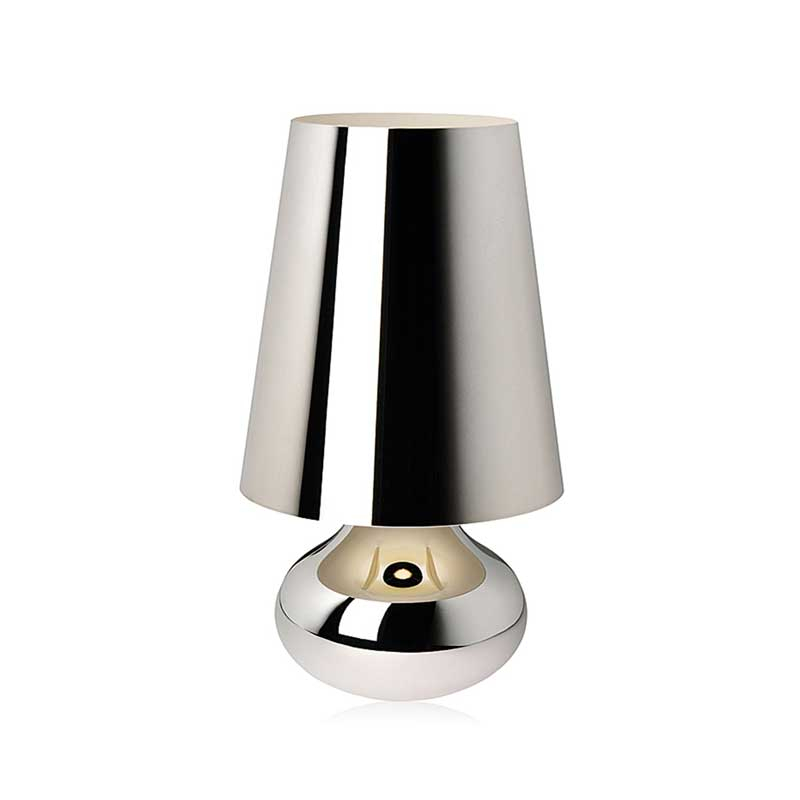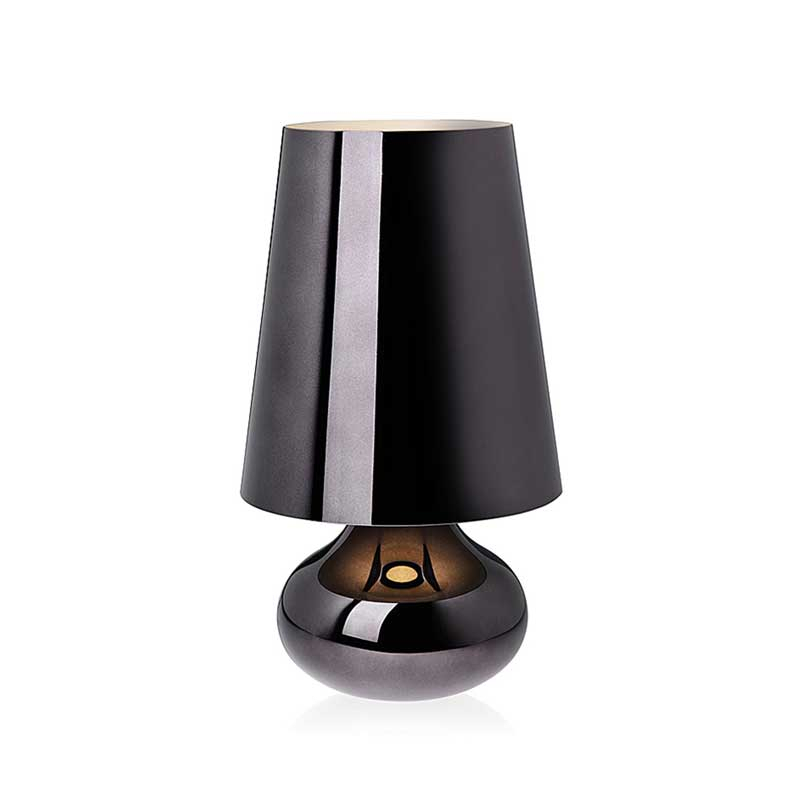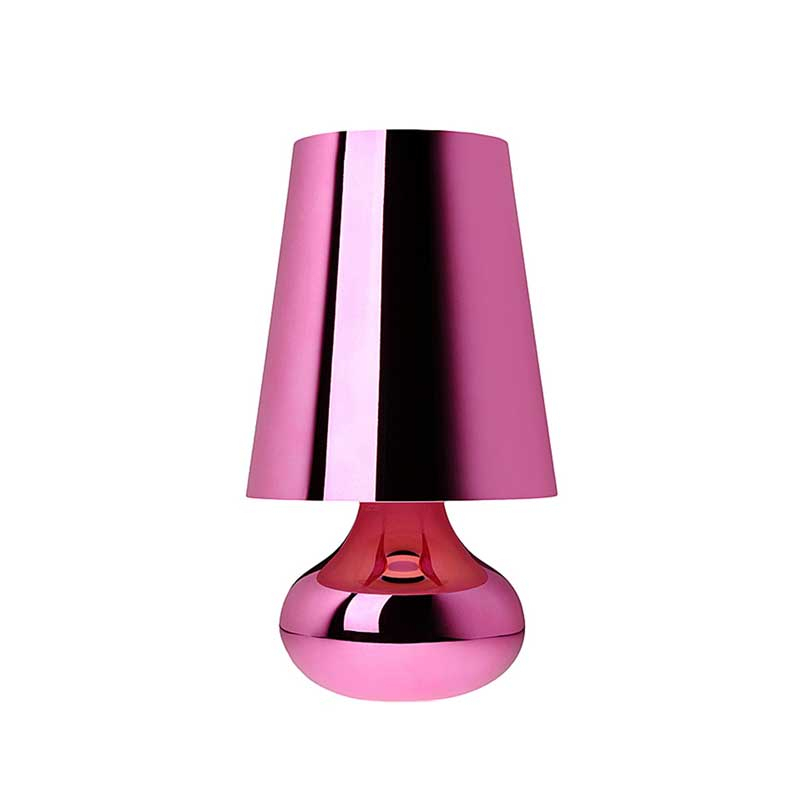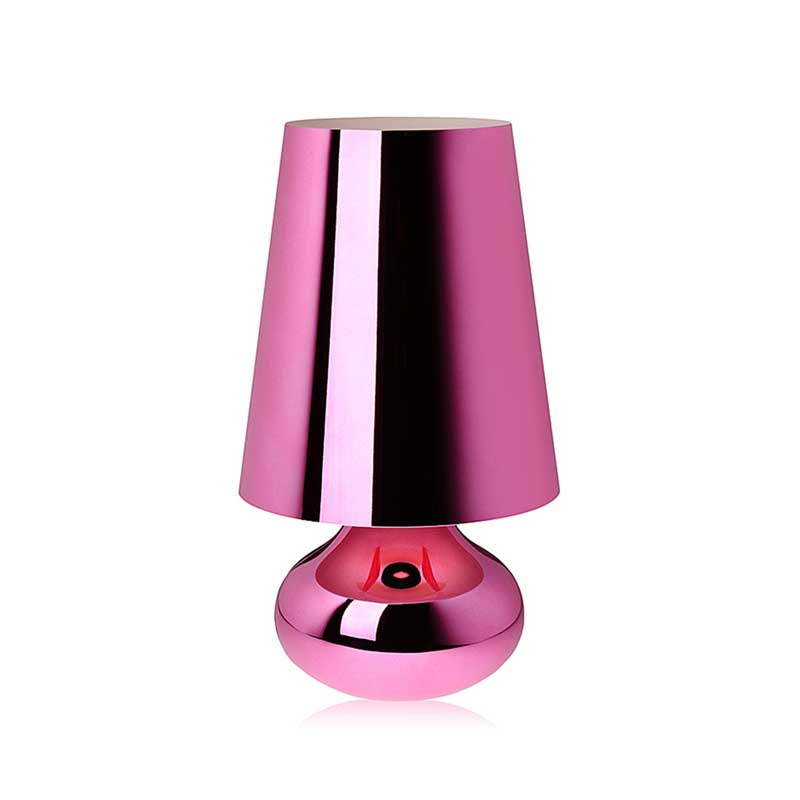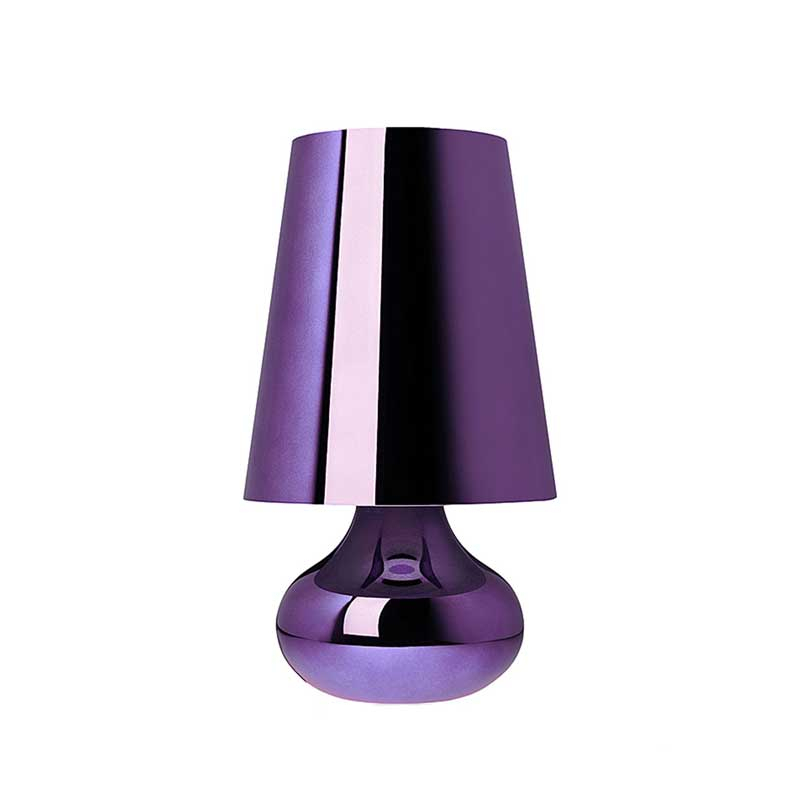- wishlist
-
Cart
Your cart is empty.
menu overlay
menu overlay
Already a customer?
New customer?
Enjoy all the benefits we offer and track your purchases in the order history.
Registermenu overlay
Reset my password
You will receive a link by email to reset your password.
Table Lamp TAJ High Gloss Black KARTELL
€511.00
€425.83 HT
or in

TAJ High Gloss Black
TAJ High Gloss Black
€511.00
€425.83 HT
€511.00
€425.83 HT
Description
The talented Ferruccio Laviani has created the Taj lamp for Kartell, a sleek and sculptural light feature. Its simple lines give it an elegant and understated look, ensuring it looks right at home when placed on items of furniture and desks. In addition, its small dimensions save space on work surfaces. It may be a table lamp, but Taj has been designed to reject the restrictions of articulation, mechanics, and structure in several places, instead boasting a simple shape that facilitates the function for which it was designed. Made of polycarbonate, the futuristic Taj lamp makes its presence known by providing diffused light, which is intense yet doesn't dazzle when switched on, as well as when it is switched off thanks to its fluid and organic design, like a long curved stem, exuding lightness. An intelligent lighting solution, it incorporates energy-saving LED technology, providing maximal optimisation and reduction of light emitted. It also represents a real challenge in terms of technological know-how for Kartell. Taj is available in gloss white and gloss black.
Technology
w 200 cm x D 35 x H 111 cm
Color
Noir brillant
Colour
black
Material
plastic
Dimensions
l 15cm x D 61cm x H 58cm
Finish
pMMA
Notice
- Home
- ▸
- Table Lamp
- ▸
- TAJ High Gloss Black
What you think of it
Delivery Terms
Delivery possible within 48 hours for in-stock products.
You will also like
By the same designer
menu overlay
Quote request
You will receive a response from us within 24/48 hours
Your contact details
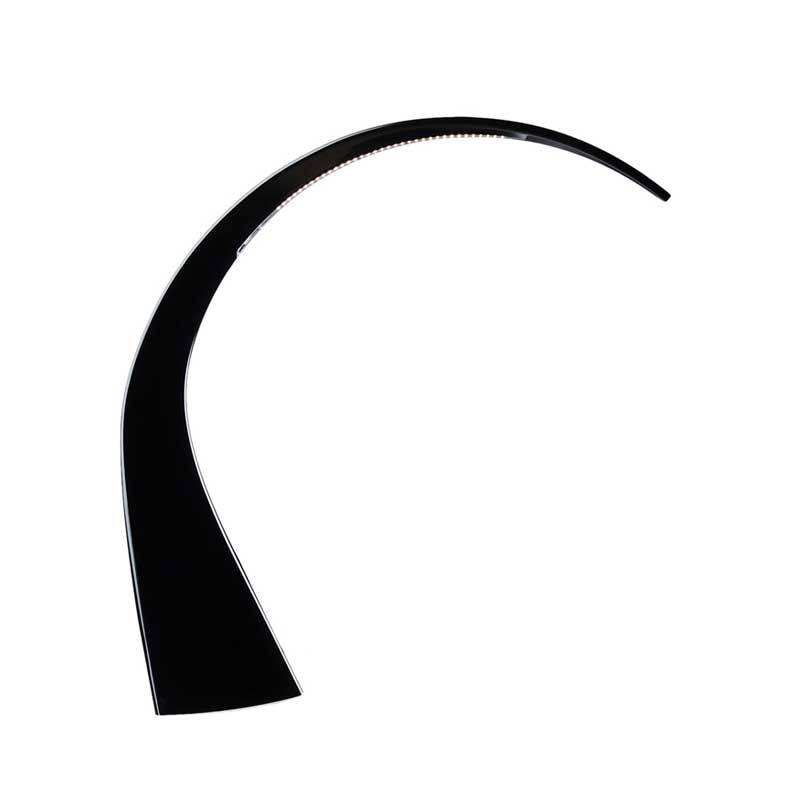
Table Lamp
TAJ High Gloss Black
KARTELL
Color :
Noir brillant
€511.00 TTC
€511.00 HT
In stock
In stock
€511.00 TTC
€511.00 HT
Total items :
€511.00
Taxes
0 €
Total (VAT incl.)
€511.00




